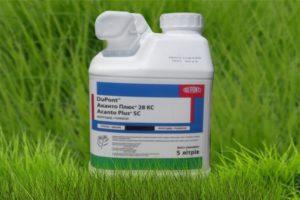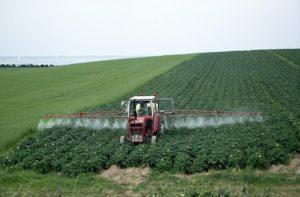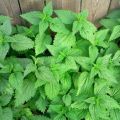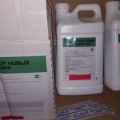Description and instructions for the use of herbicides to combat horsetail
It is impossible to get rid of horsetail without herbicides. Treating the topsoil before sowing vegetables and cereals does not give a guaranteed result. The people call the weed a ponytail because of its external similarity. In one season, he will tighten the whole garden, if no measures are taken. Weed control is difficult.
Weed description
Grows in the forest, forest-steppe zone of North America, Eurasia (Ukraine, Russia, Belarus). Horsetail (common) loves acidic, moist soils. It reproduces vegetatively and by spores. The plant has 2 types of stems:
- pistils - reddish spore-bearing shoots up to 25 cm high;
- infertile - green, segmented up to 50 cm high.
There are no flowers on the horsetail. Spores mature in spikelets (sporangia), which form on the tops of fertile (spore-bearing) stems. This happens in early spring. Spores are carried by the wind, germinating, they form small green stems of gametophytes. They have sperm and an egg.
The new plant begins to develop after fertilization. The weed forms a creeping, brownish-black rhizome, on which spherical black nodules are formed. Having fallen off, they begin to develop. New weeds are formed from them.
The horsetail has tough, rough stems. They are covered with branches and underdeveloped leaves. The powerful rhizome of the horse's tail goes into the soil to a depth of 0.6-1 m. Shoots-rhizomes spread out, forming new sterile stems. During the season, the plant covers a large area.
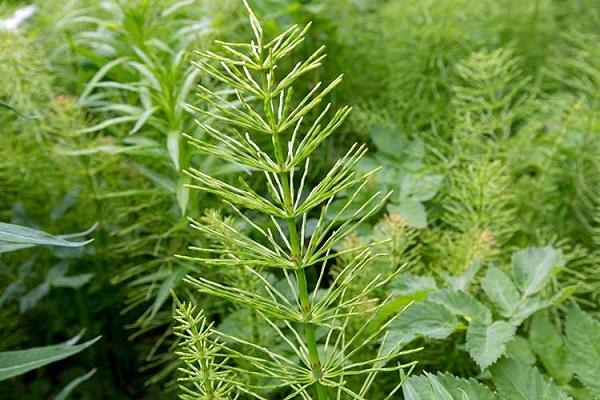
Why is horsetail dangerous?
It is an aggressive weed. During the growing season, it quickly builds up a large aboveground part. Its mass suppresses the vital activity of other plants. Horsetail can crush crops of wheat, corn, soybeans, vegetables growing in the garden. The ponytail dehydrates and depletes the soil.
It is extremely difficult to destroy the weed. It quickly spreads out, capturing vast territories, making the soil barren. In fields and vegetable gardens infected with horsetail, the yield is low. Without the use of powerful chemicals, it is impossible to clear the site of malicious weed.
Experts have estimated the weed severity threshold. The yield will decrease significantly if 2 horsetail bushes grow on 1 m² of the field or garden during the season. To prevent this, experienced gardeners begin weed control in early spring. Control methods are chosen taking into account the biological characteristics of the plant. They approach the solution of the problem in a complex manner.
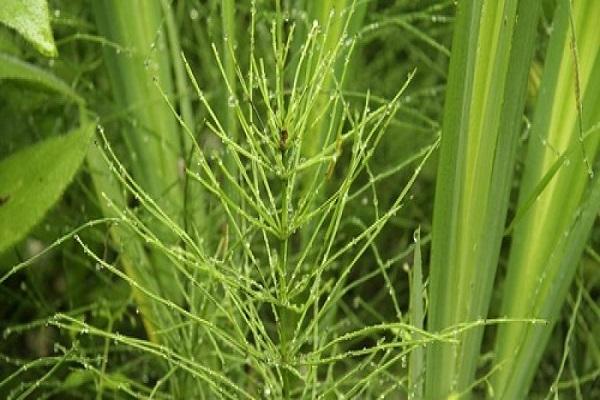
Pest Control Herbicides
Not all chemicals kill horsetail. Powerless against ponytail "Tornado", "Roundup". Root weed can be destroyed by other strong selective and continuous preparations.
"Stomp"
The mechanism of action on plants is selective. The active substance of the drug does not affect the growth, development of vegetable crops, destroys only weeds. In hot weather, the Stomp is ineffective. It does not reach the roots of the horsetail.
Zenkor
High air temperature reduces the effect of the Zenkor herbicide application. Apply it before or immediately after germination. The product penetrates deep into the roots, does not harm cultivated plants, is not dangerous for pets and humans.
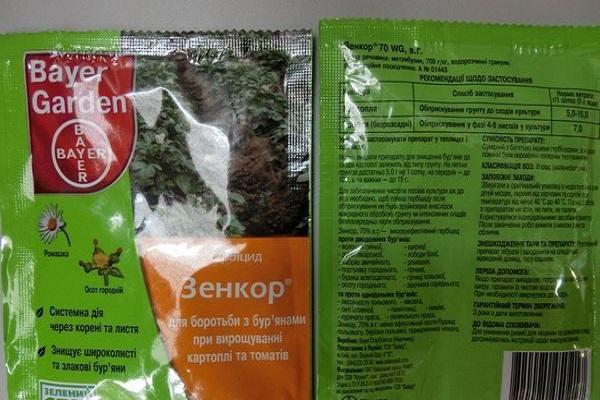
"Ground"
It is a continuous action tool. It is inexpensive. It is used before or after harvesting vegetables and berries. Vegetable and horticultural crops need to be protected from herbicide drops. They suffer from the "Ground" preparation no less than weeds.
Lack of herbicide - dangerous for insects (bees).
"Glyphos"
The drug is continuous action, IV hazard class. Its use does not harm bees and other beneficial insects. The weed is treated with a solution in the afternoon. The skin of the hands is protected with rubber gloves.
According to farmers, the active ingredient of the herbicide (glyphosphate) does not completely destroy the weed. Horsetail reappears in the spring in a field treated three times in the previous season. The Glyphos solution is applied to the surface of stems and leaves. The active substance reaches the roots with plant juices.

"Agrokiller"
Acts selectively, only on weeds. The processing of the site from horsetail is carried out before planting cultivated plants. "Agrokiller" penetrates tissues, spreads into roots and stems. After 2 weeks, the weeds die. The plot is planted with vegetables, flowers, garden plants. In the garden, in the garden "Agrokiller" is used once. With repeated use, the herbicide degrades the quality of the soil.
Lontrel-300
The concentrated weed control has a low consumption. A 1 liter bottle is enough to process a 3 hectare site. Apply "Lontrell-300" once. It is non-toxic, destroys plants selectively. The herbicide quickly penetrates the horsetail root system and destroys it.
"Prima"
The air temperature affects the effectiveness of the herbicide. It decreases with frost. You need to wait 2 weeks for the result of treatment. “Prima” penetrates quickly into the tissue of the cauda equina. The weed stops growing. Precipitation does not affect the result. The herbicide is not dangerous for insects and soil.

Other ways to control the plant
The ponytail enters the garden in different ways. Spores are carried by the wind, insects and birds. The weed can crawl from the neighboring territory, its roots, stems can get into the garden with soil. Destroy it with chemistry and other methods. The mechanical method is the most common and affordable. It is aimed at weakening the aggressive plant, it comes down to simple operations with the soil:
- loosening;
- weeding;
- digging.

Biological methods
Horsetail does not grow near cruciferous crops. The reason is the substances that their root system secretes. Correct crop rotation makes it easier to control horsetail in the garden, in the field. Areas where an aggressive weed has appeared are sown with vegetable crops the next spring:
- daikon;
- radish;
- mustard;
- arugula;
- rape.
Reducing soil acidity
The pH value characterizes the acidity of the garden soil. It is considered acidic if the pH is less than 7. In an acidic environment, horsetail multiplies intensively. Soil deoxidation is a method of weed control. Reduce acidity by introducing:
- ash;
- dolomite flour;
- lime.
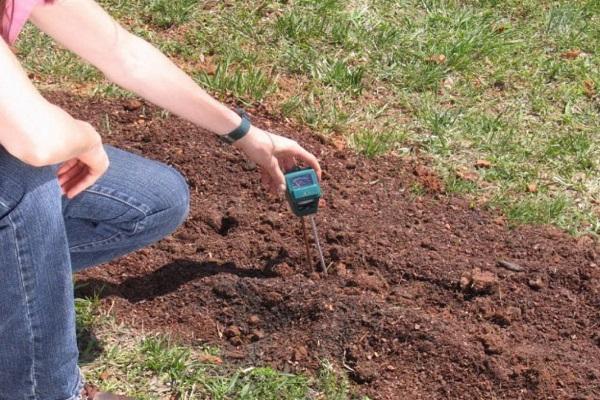
It is practical to add dolomite flour to the soil, it normalizes acidity, improves the structure. Any time of introduction - spring, autumn. Approximate consumption:
- 250 g / m² if the soil is slightly acidic;
- 700 g / m² if the soil is highly acidic.
Prevention
Imported soil is dangerous. It can contain spores, fragments of rhizomes and tubers. The imported land must be sieved. Weeds that have penetrated the lawn, vegetable garden, garden must be weeded out.
Weeding depletes the field horsetail, does not allow the accumulation of nutrients in the root tubers.

Liming the soil remains the best preventive measure. Lime is added once every 3 years in the amount of 0.5-2 kg / m². The event is planned for the fall. In spring and summer, it can harm the root system of plants.
In the spring and summer, the grass growing in the garden and on the garden paths must be mowed. Horsetail cannot reproduce by spores if it is mowed every 2 weeks. In rainy weather, weed more often, because in conditions of high humidity, weeds grow many times faster, capturing large areas.
